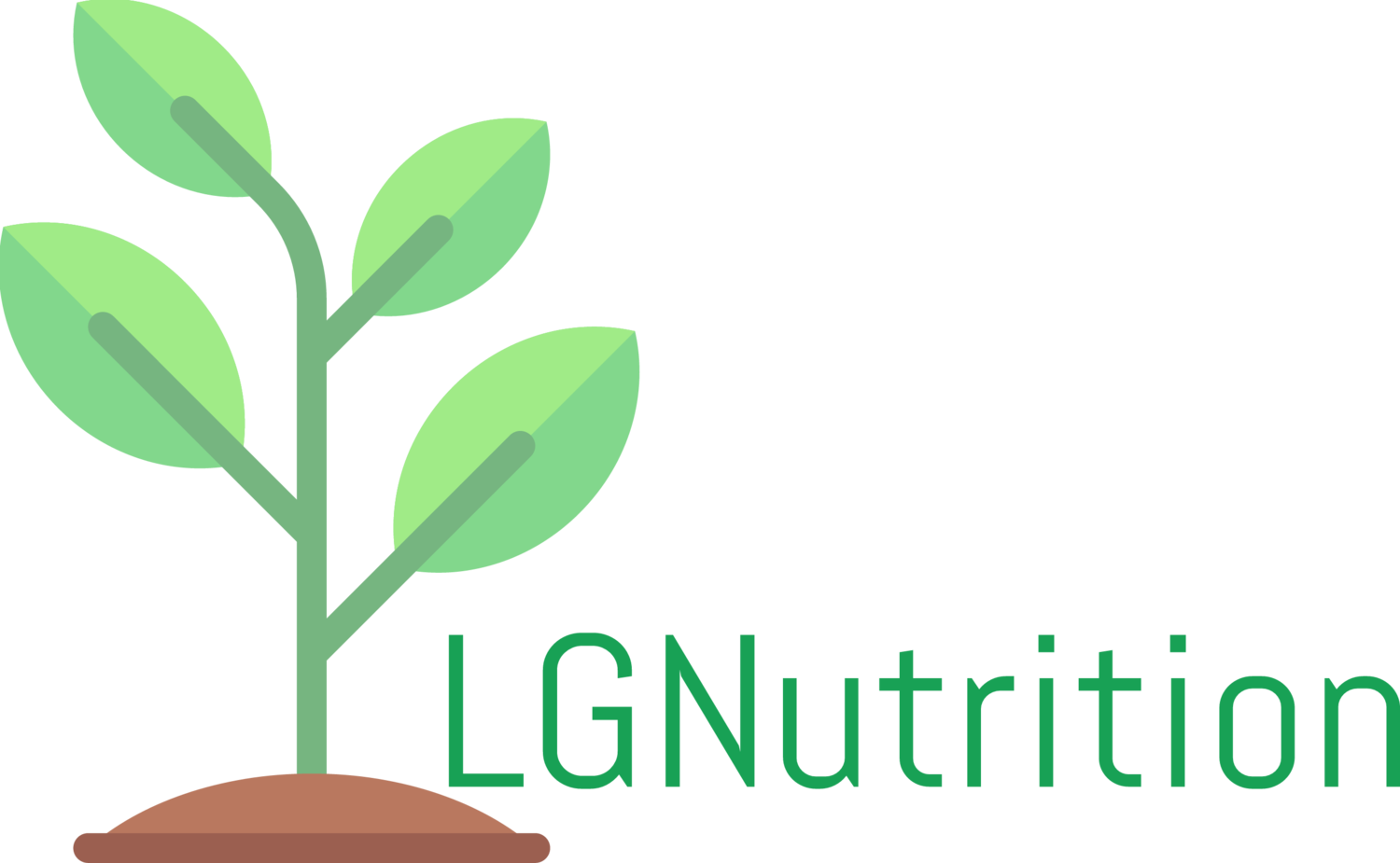There are no magic foods that by themselves cause weight loss (sorry to disappoint you in this blog). However, there are foods that have high nutrient density and low calorie density that can assist with weight loss when incorporated more frequently into the diet. By swapping out convenience and processed foods with these nutrient dense foods, you will feel more satisfied and your cells will be nourished.
Greens - (rich in calcium, Vitamin K) collards, kale, spinach, swiss chard, arugula, mustard greens, beet greens
Berries - (high antioxidant status, Vitamin C) blueberries, strawberries, raspberries, blackberries, cranberries
Cold water fatty fish - (anti-inflammatory, omega-3 fatty acids) wild salmon, trout, tuna, sardines, herring
Orange/yellow/red produce - (rich in antioxidant beta carotene or lycopene) - butternut squash, pumpkin, red peppers, cantaloupe, carrots
Whole grains - (rich in B-vitamins, magnesium and fiber) - oats, quinoa, brown rice, millet, teff, buckwheat


